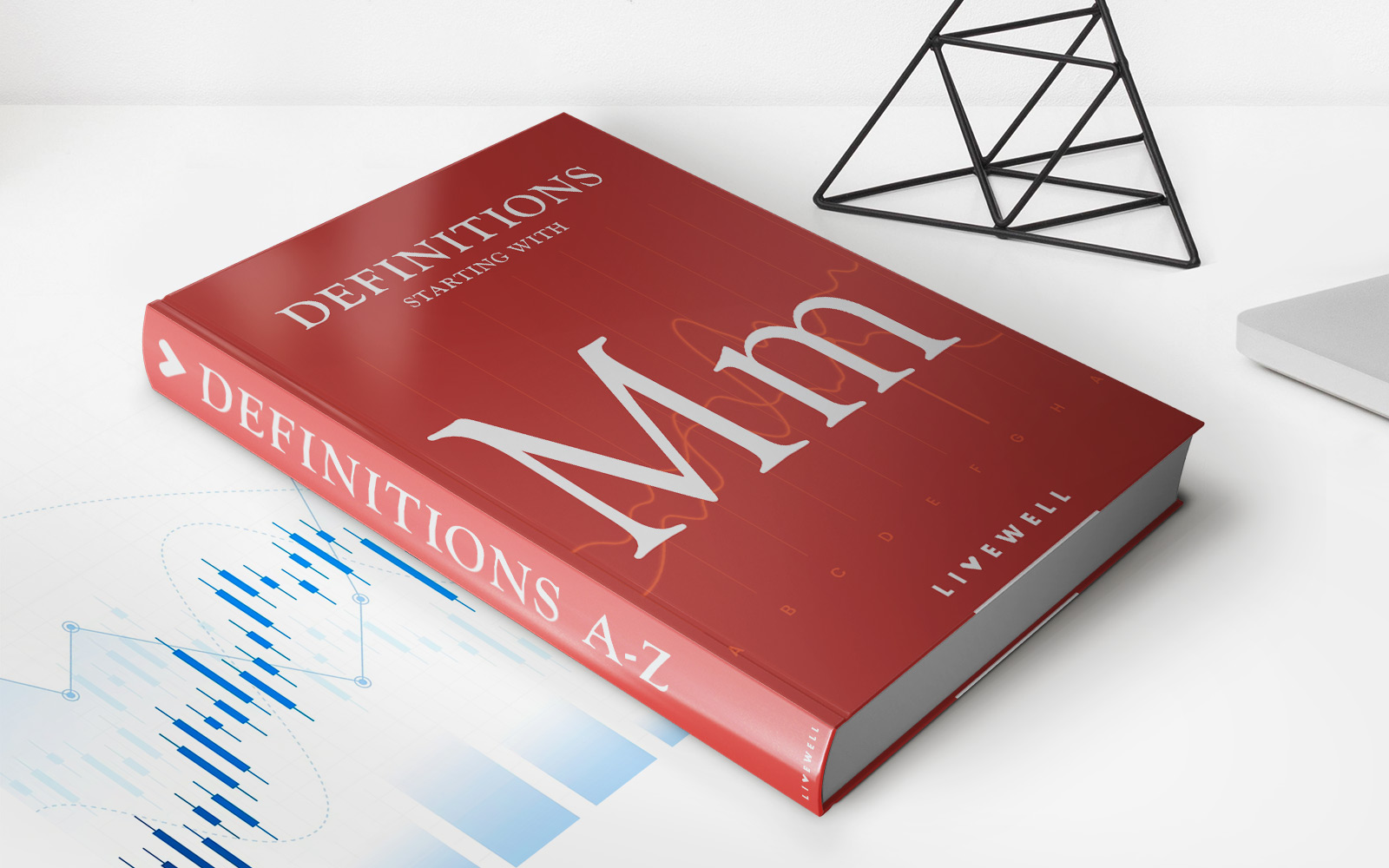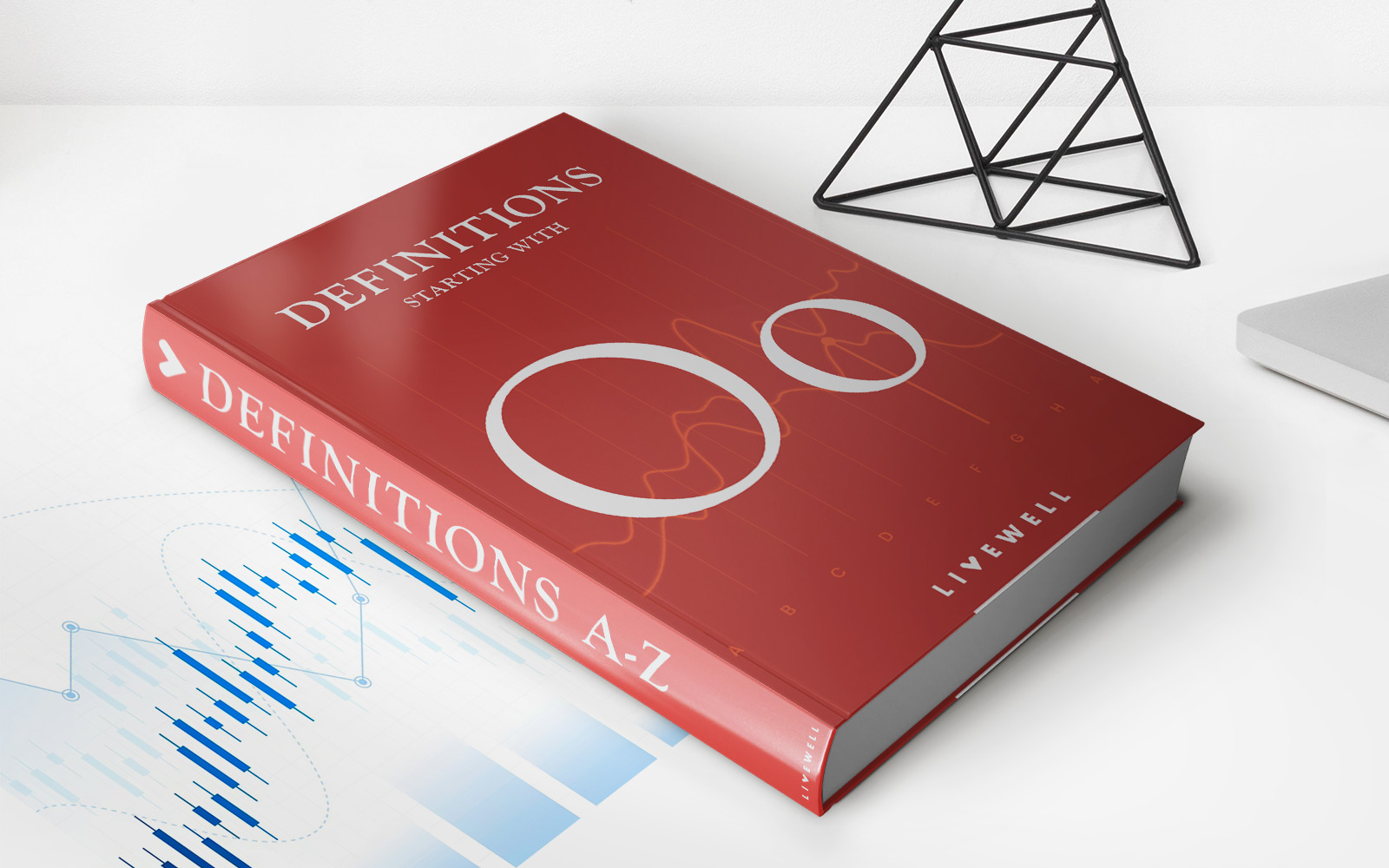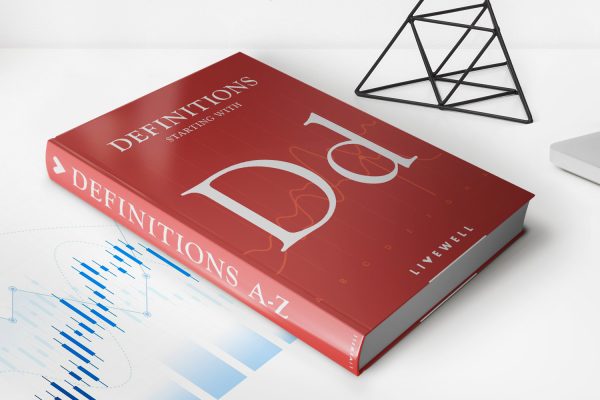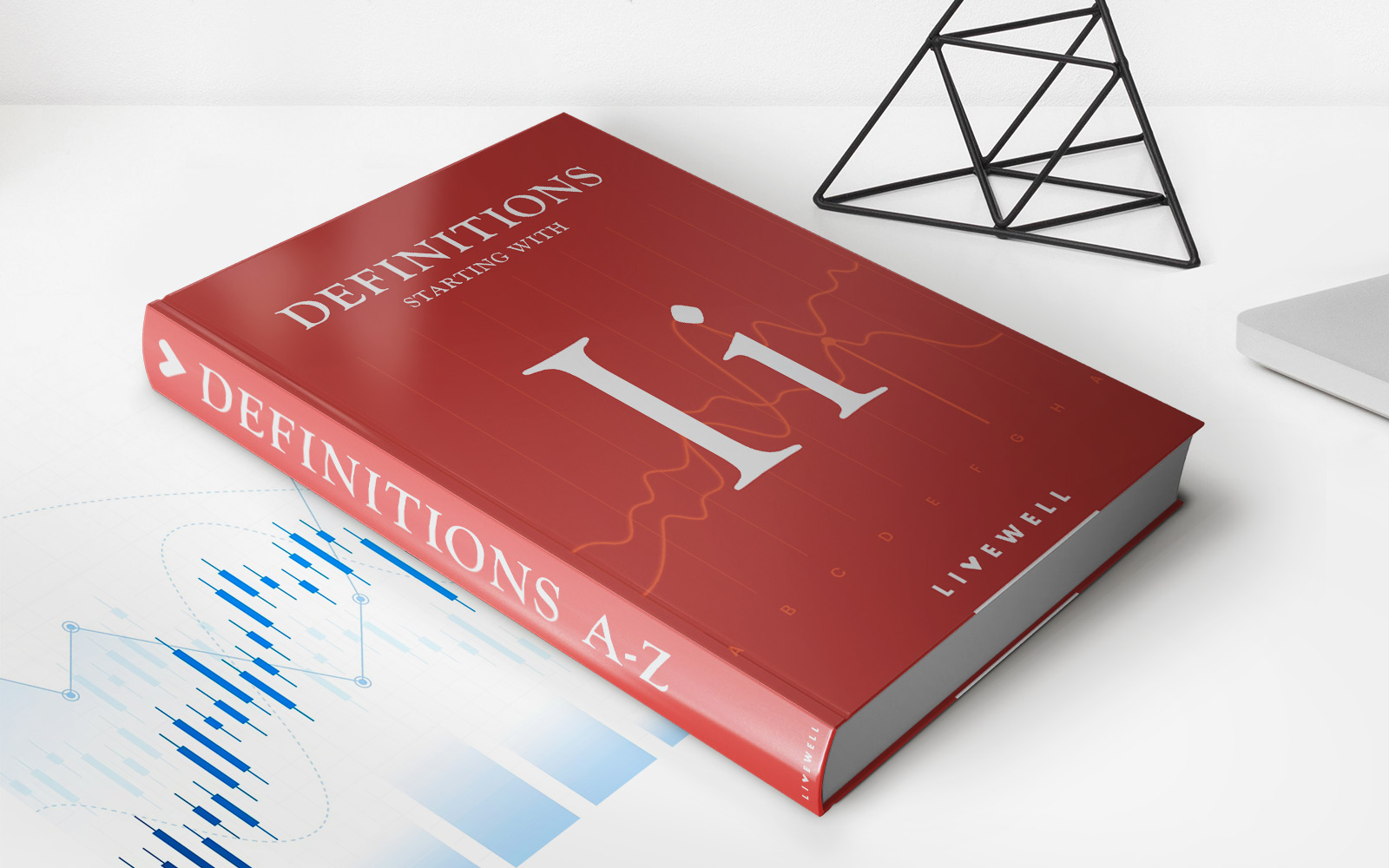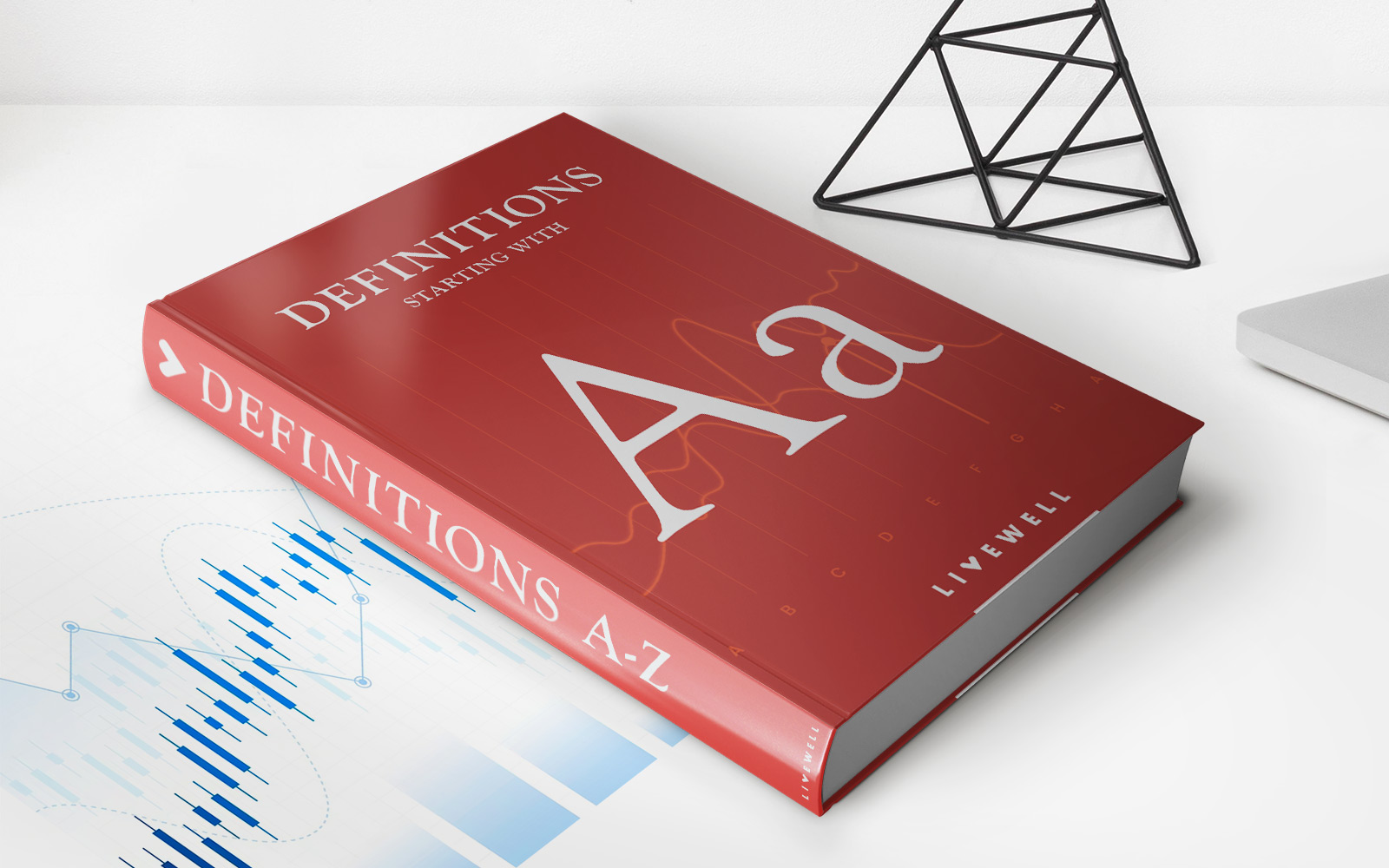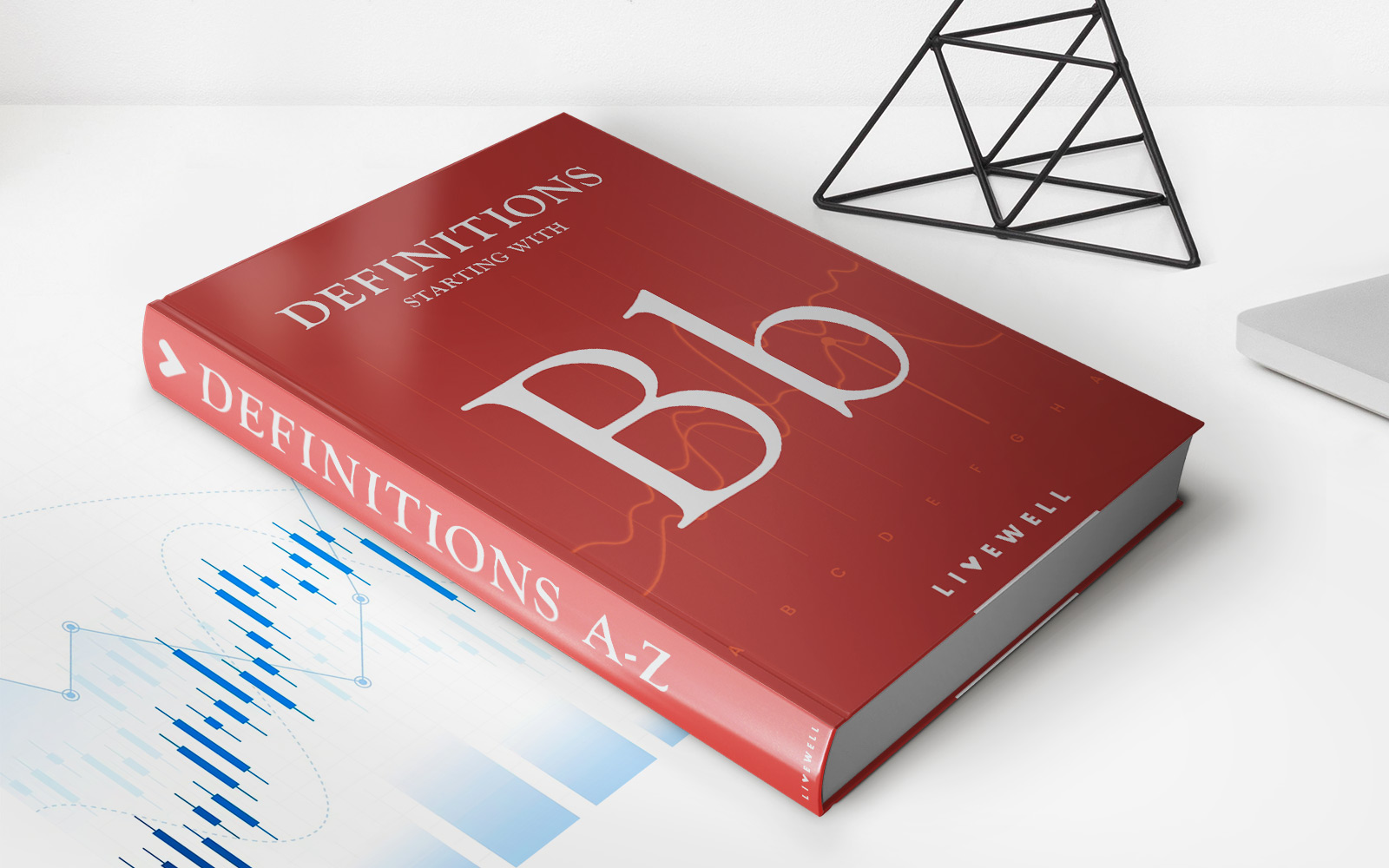Home>Finance>Macroeconomic Factor: Definition, Types, Examples, And Impact
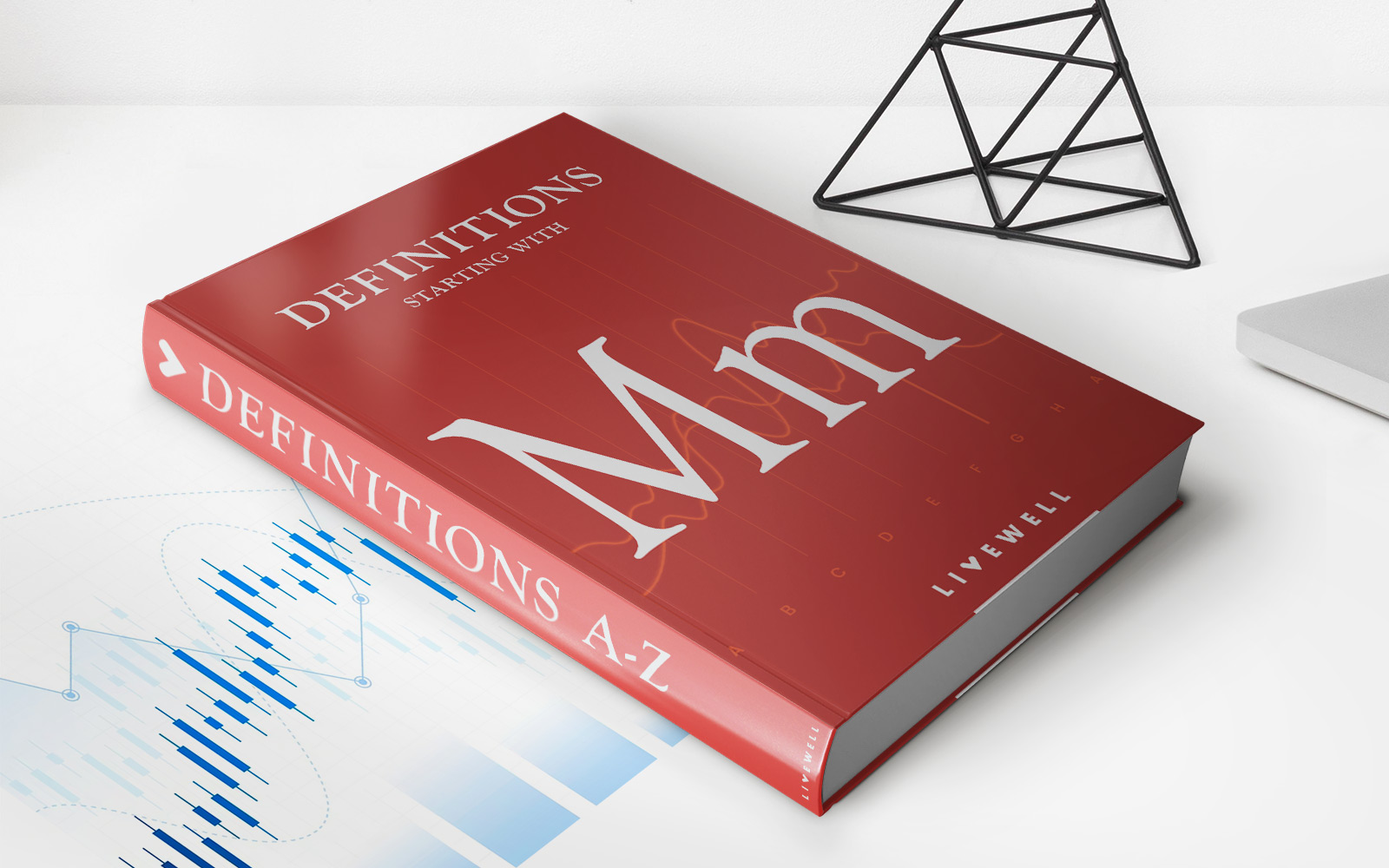

Finance
Macroeconomic Factor: Definition, Types, Examples, And Impact
Published: December 21, 2023
Learn about the definition, types, examples, and impact of macroeconomic factors in finance. Explore how these factors shape the financial landscape.
(Many of the links in this article redirect to a specific reviewed product. Your purchase of these products through affiliate links helps to generate commission for LiveWell, at no extra cost. Learn more)
Macroeconomic Factor: Definition, Types, Examples, and Impact
Welcome to our finance category blog post! Today, we will dive into the fascinating world of macroeconomic factors. If you’ve ever wondered about the key drivers behind the overall economic health of a country, you’re in the right place. In this article, we will define macroeconomic factors, explore their types and examples, and explain their impact on the economy.
Key Takeaways:
- Macroeconomic factors refer to the broad indicators used to analyze and measure the overall performance of an economy.
- These factors can be classified into four main types: economic growth, inflation, unemployment, and fiscal policy.
Defining Macroeconomic Factors
Macroeconomic factors are like the heartbeat of an economy—they provide valuable insights into its overall well-being. These factors encompass a wide range of economic indicators that help economists and policymakers gauge the health and stability of a country’s economy.
Now, let’s take a closer look at the different types of macroeconomic factors:
1. Economic Growth
Economic growth refers to the increase in a country’s total production of goods and services over a specific period. It is typically measured by the Gross Domestic Product (GDP), which represents the total value of all finished goods and services produced within a country’s borders.
Examples of economic growth indicators include increases in consumer spending, business investments, and exports. Higher economic growth often indicates a thriving economy, while a decline may signal a slowdown or recession.
2. Inflation
Inflation refers to the general increase in prices of goods and services over time. It erodes the purchasing power of individuals and affects the cost of living. Central banks closely monitor inflation and aim to maintain stable prices to promote economic stability.
Some common indicators of inflation include changes in the Consumer Price Index (CPI), Producer Price Index (PPI), and wages. Rising inflation can impact interest rates, consumer spending, and business investment decisions.
3. Unemployment
Unemployment measures the number of people who are actively seeking employment but are unable to find work. It is a critical indicator of a country’s labor market and economic health. Low unemployment rates indicate a strong job market, while high rates suggest economic challenges.
Key measures of unemployment include the number of jobless individuals, the duration of unemployment spells, and the labor force participation rate. Unemployment can impact consumer spending, government revenues, and social welfare programs.
4. Fiscal Policy
Fiscal policy relates to the government’s use of taxes and spending to influence the economy. Governments adjust fiscal policies to either stimulate or cool down economic activity based on prevailing economic conditions. Policies include changes in tax rates, government expenditure, and budget allocation.
Examples of fiscal policy indicators include government budget deficit or surplus, tax revenue, and public debt. Effective fiscal policies can help stabilize the economy during recessions and accelerate growth during downturns.
The Impact of Macroeconomic Factors
Macroeconomic factors play a crucial role in shaping the overall economic landscape and influencing financial markets. Understanding their impact can enable individuals, businesses, and policymakers to make informed decisions in various areas:
- Investing: Investors consider macroeconomic factors to assess market conditions, forecast trends, and make investment decisions.
- Policy-making: Governments utilize macroeconomic data to implement effective policies and steer the economy towards desired outcomes.
- Business decisions: Companies analyze macroeconomic factors to make strategic decisions, such as expansion plans, pricing strategies, and hiring.
- Personal finance: Individuals can use macroeconomic factors to understand inflation rates, job prospects, and the overall economic environment to make informed financial choices.
In conclusion, macroeconomic factors provide valuable insights into the overall performance and health of an economy. By understanding and analyzing these factors, individuals, businesses, and policymakers can navigate the dynamic world of finance with greater confidence.
